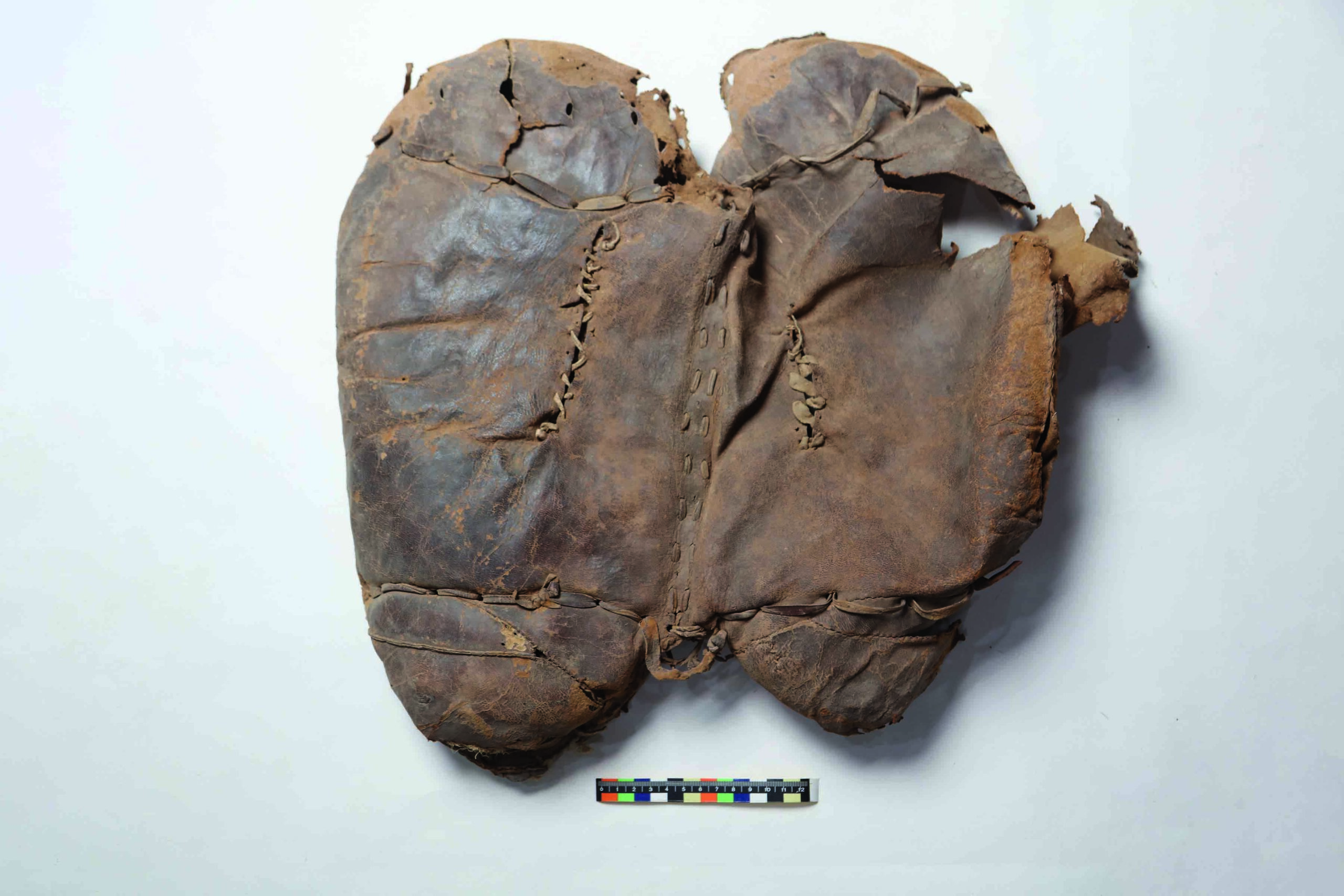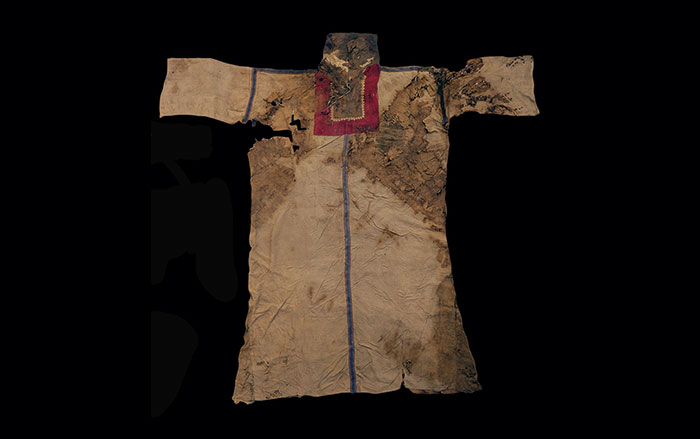
Although the date is much debated, most scholars believe people began to ride horses around 5,000 years ago. For thousands of years after that, they did so without saddles. “In comparison with horse riding, the development of saddles began relatively late, when riders began to care more about comfort and safety in addition to the horse’s health,” says University of Zurich archaeologist Patrick Wertmann. A team led by Wertmann has now dated what they believe to be the world’s oldest known saddle. The horse tack was unearthed in the Yanghai cemetery in Turfan in northwest China, which is mainly associated with the Subeixi culture of the first millennium B.C. Arid conditions in the area preserve organic material that rarely survives for so long. The saddle has been radiocarbon dated to between 727 and 396 B.C.
Even though the tack was found in a common woman’s grave, it’s exceptionally well made. “The saddle clearly shows that it was manufactured by a specialist very familiar with both needle- and threadwork, as well as with horse riding and the anatomy of both rider and horse,” Wertmann says. “This includes using the same type of saddle stitch used today.” It’s also noteworthy that the saddle was buried with a woman. “When thinking about horse riding, traditional historical narratives generally associate it with men engaging in warfare, but our find clearly changes this assumption,” Wertmann says. “The discovery of this saddle inside a woman’s tomb strongly suggests women participated in every activity of mobile pastoralists, which included herding and traveling.”











